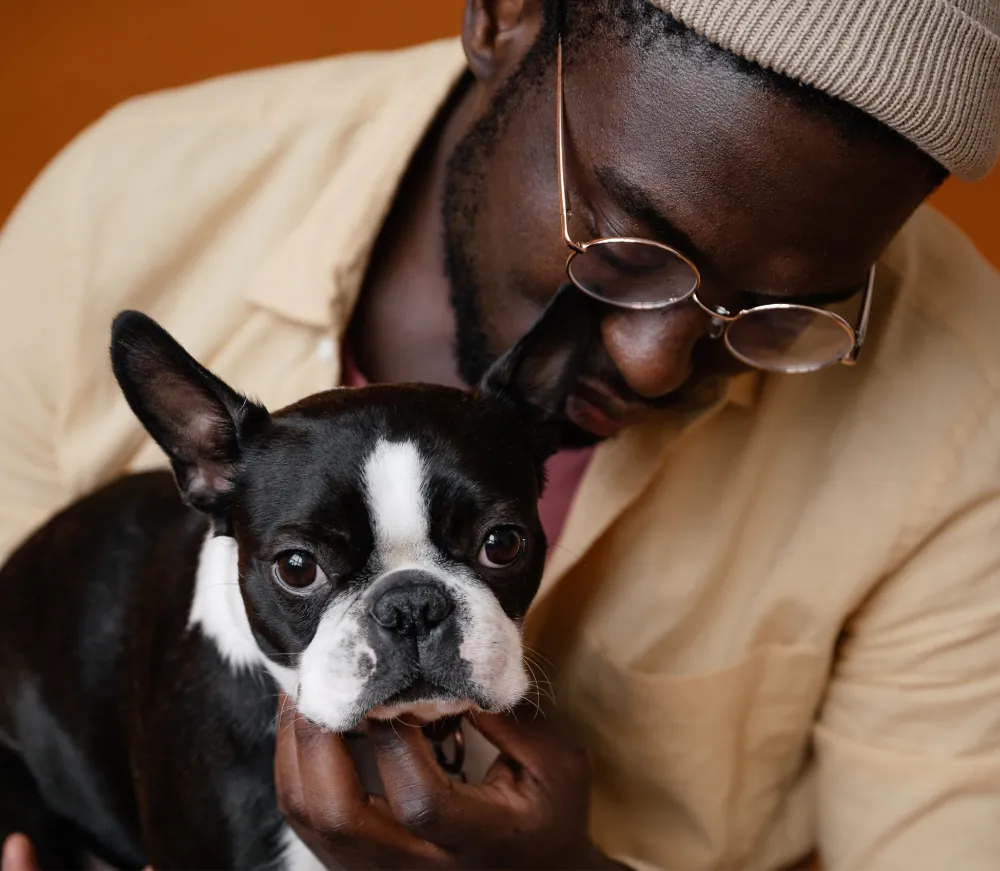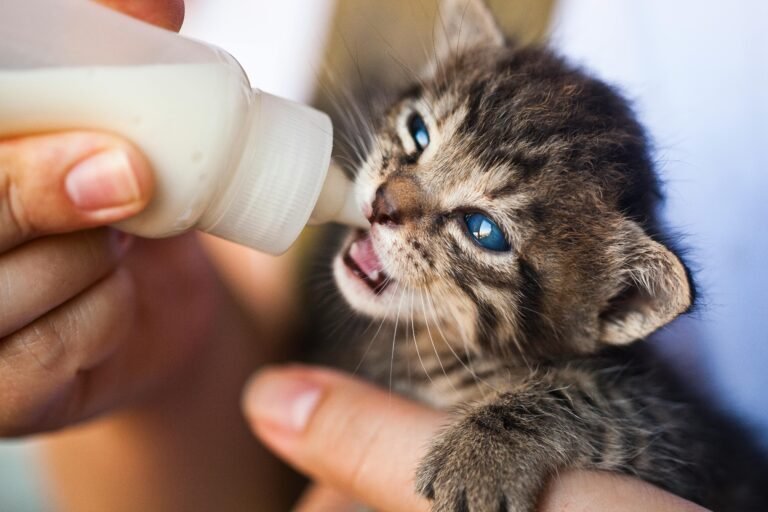By PetShopHub.com
Cats are fascinating creatures with unique personalities. Whether you’re a new cat owner or have shared your life with felines for years, understanding their behavior is key to building a strong, trusting relationship with your cat. Cats often communicate in subtle ways, and recognizing their body language and vocalizations can make all the difference in ensuring your furry friend feels loved and safe.
In this guide, we’ll break down common cat behaviors and what they mean, helping you better understand your cat’s needs and emotions.
🐾 1. Purring: The Universal Sign of Contentment
One of the most recognizable sounds a cat makes is purring. While purring is often associated with happiness, it can also signal other emotions. Understanding the context of purring is crucial:
- What It Means: Purring is typically a sign of contentment, but cats can also purr when they’re anxious, in pain, or even when they’re scared.
- When to Pay Attention: If your cat purrs while sitting comfortably in your lap or during petting, it’s a sign of happiness. However, if your cat purrs while in a new or stressful situation, it may be using the purr to soothe itself.
🐾 2. Kneading: A Comforting Behavior
If you’ve ever seen your cat “knead” with their paws on soft surfaces, you’ve witnessed a behavior known as kneading. This behavior originates from kittenhood, when kittens knead their mother’s belly to stimulate milk production.
- What It Means: As adult cats, kneading is a comforting, instinctual behavior. It usually happens when they’re relaxed or content.
- When to Expect It: You might notice your cat kneading on blankets, pillows, or even your lap. It’s their way of showing affection and comfort.
🐾 3. Tail Flicking and Flicking: What Are They Saying?
Your cat’s tail is one of the most expressive parts of their body. Understanding tail movements can help you interpret their mood:
- Tail Flicking (at the Tip): A slight flick at the end of the tail can indicate irritation or mild annoyance.
- Full Tail Flick: When the entire tail swishes, it may mean your cat is agitated or overstimulated, especially if it happens during play or petting.
- Tail Straight Up: A tail held high is often a sign of confidence and happiness.
- Tail Between Legs: This is a sign of fear or submission.
🐾 4. Catnip: Why Do Cats Love It?
If you’ve ever given your cat catnip, you know that it can cause them to behave in strange but amusing ways. But what’s going on with catnip?
- What It Means: Catnip contains a compound called nepetalactone, which affects a cat’s brain and triggers a euphoric reaction.
- When to Use It: Not all cats respond to catnip, but for those who do, it can encourage playful behavior and activity. It’s a great way to entertain your cat and provide mental stimulation.
🐾 5. Scratching: More Than Just a Habit
Cats scratch to mark territory, stretch their muscles, and keep their claws sharp. Scratching is a natural behavior, but it can also be frustrating for owners when it’s done on furniture.
- What It Means: Scratching is a way for your cat to leave a scent mark, so it’s also an instinctual form of communication with other cats. It’s not a sign of misbehavior but rather a normal, healthy behavior.
- When to Redirect It: Provide scratching posts or pads to redirect your cat’s attention from furniture. If your cat is scratching excessively, they might need more stimulation or attention.
🐾 6. Head-Butting (Bunting): A Sign of Affection
You may have noticed your cat giving you gentle head-butts or rubbing their head against you. This behavior is known as bunting, and it’s a form of social bonding.
- What It Means: Cats have scent glands on their faces, and bunting is a way for your cat to mark you as “theirs.” It’s a sign of affection and a way of saying “I trust you.”
- When to Expect It: This behavior usually happens when your cat is feeling relaxed, content, and emotionally connected to you.
🐾 7. Hiding: Why Cats Seek Solitude
If your cat suddenly starts spending more time alone or hiding in quiet, dark spots, it could be a sign that they’re feeling stressed or unwell.
- What It Means: Hiding is a natural behavior, but if your cat seems more reclusive than usual, it’s important to assess the situation. Stress, anxiety, or health issues can make cats seek solitude.
- When to Be Concerned: If your cat hides and also shows signs of lethargy, poor appetite, or behavioral changes, it’s time to consult your vet.
🐾 8. Slow Blinking: A Cat’s Kiss
If your cat slowly blinks at you, it’s often referred to as a “cat kiss” or “cat smile.” It’s one of the most loving gestures a cat can give.
- What It Means: Slow blinking is a sign that your cat feels safe and trusts you. It’s a calm, affectionate way for them to communicate.
- How to Respond: You can return the gesture by slow blinking at your cat to show them you feel the same way. It’s a lovely way to bond!
🐾 9. Chasing Shadows or Lights: Playtime Behavior
Many cats love to chase lights, shadows, or reflections. This is part of their natural hunting instincts.
- What It Means: Your cat is engaging in predatory behavior, which is an instinctual part of their nature. It helps them burn energy and stay mentally sharp.
- When to Encourage It: Light chasing can be a fun and safe way to play with your cat, but be cautious of using laser pointers for too long, as it can cause frustration if they’re unable to catch the “prey.”
🐾 10. Excessive Meowing: What’s Your Cat Trying to Tell You?
Cats meow for various reasons: attention, food, discomfort, or anxiety. It’s important to understand the context of their vocalizations.
- What It Means: A cat that meows constantly might be seeking attention, but excessive meowing can also indicate stress, illness, or hunger.
- When to Respond: If your cat’s meowing seems excessive, ensure they’re not in pain or needing something like food, water, or litter box access. If the behavior persists, consider a vet visit.
🐱 Conclusion
Understanding your cat’s behavior is essential to building a strong, trusting relationship with them. By paying attention to their vocalizations, body language, and habits, you’ll be able to meet their needs and ensure they feel comfortable and safe in your home.
Have any questions about your cat’s behavior? Visit PetShopHub.com for expert advice and a wide range of products designed to keep your cat happy, healthy, and engaged!









